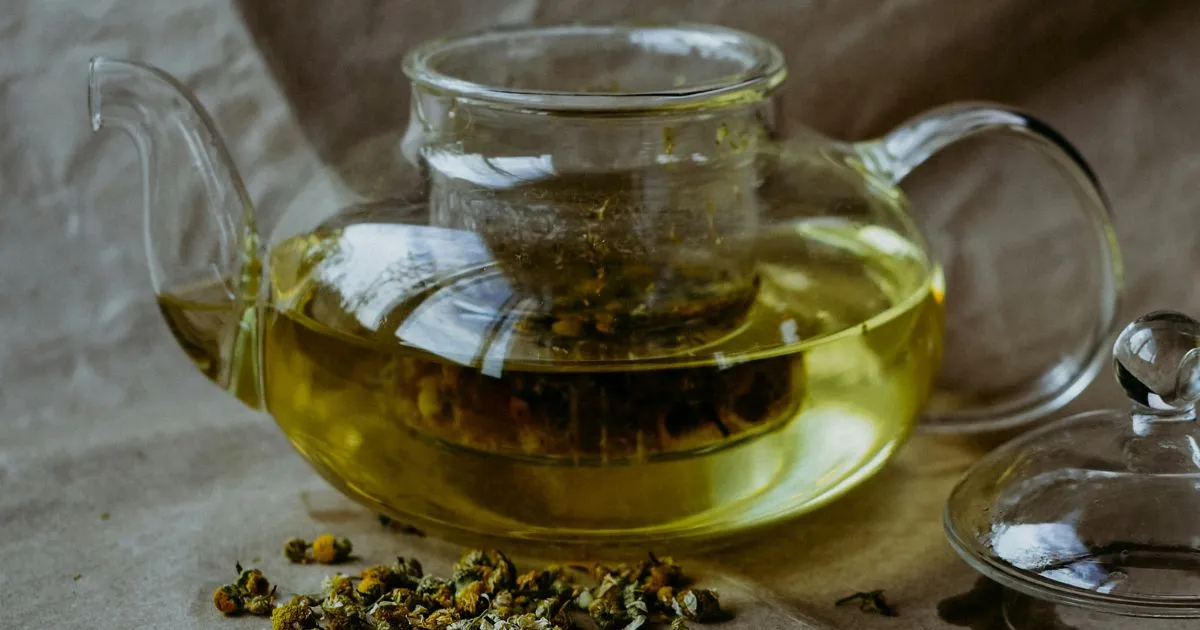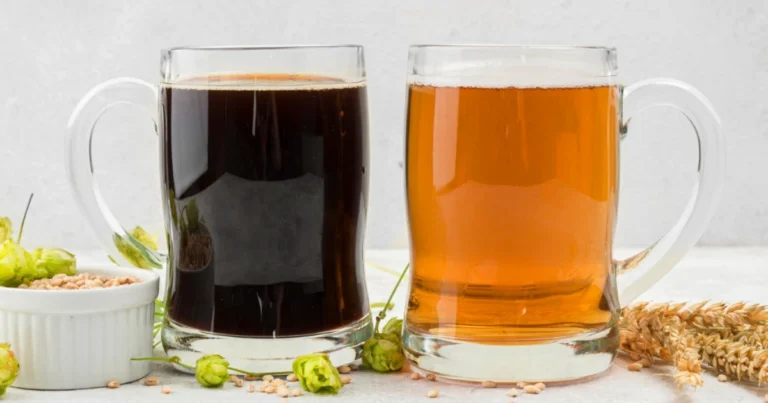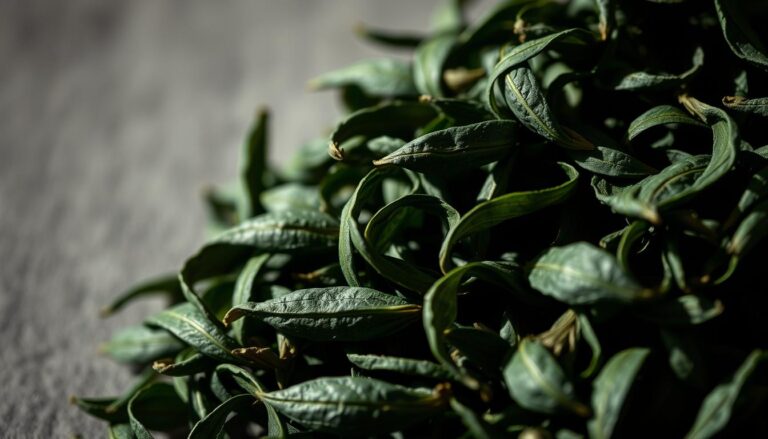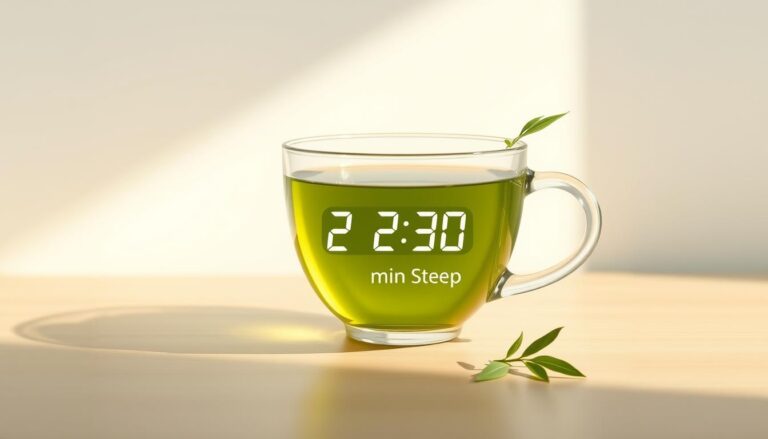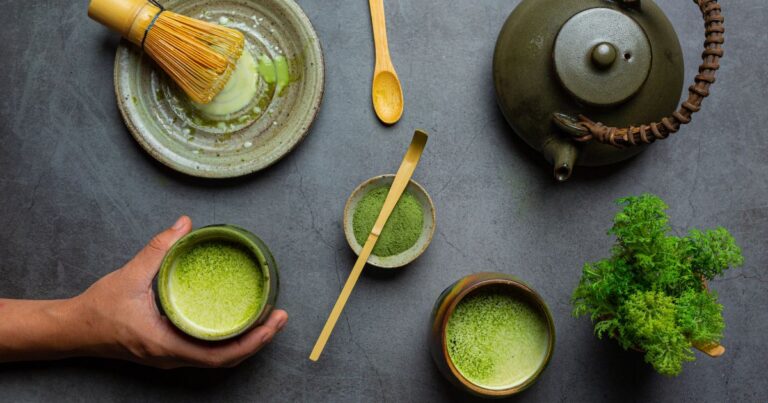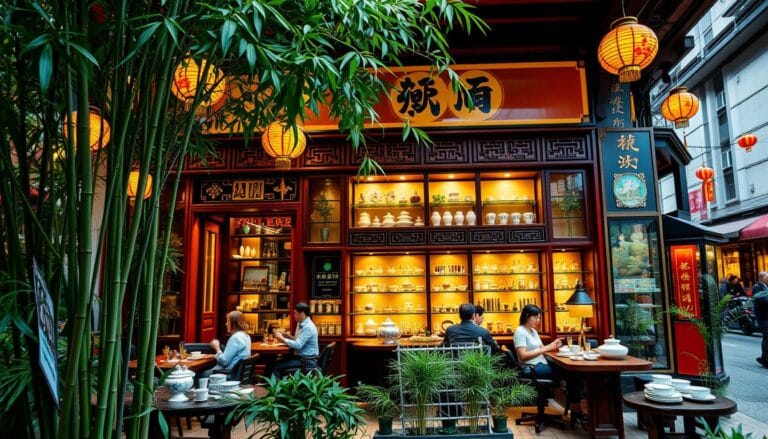10 Best Types of Green Tea to Try
Discover the World in a Cup of Green Tea
You’ve likely heard the buzz about green tea. Maybe you’ve tried a cup—or maybe you’re still curious about why people around the world are so obsessed with this ancient brew. The truth? Green tea isn’t just a drink. It’s a centuries-old tradition, a quiet moment of peace, and a gateway to better health. Whether you’re sipping to unwind or seeking wellness benefits, diving into the different types of green tea opens up a world of flavor, culture, and nourishment.
Table of Contents
Ready to find your favorite? Here are ten types of green tea you’ll want to add to your list.
What Makes Green Tea So Special?
Benefits of Drinking Green Tea
Green tea is often praised as a superfood—and with good reason. Here’s what it can do for you:
- Boosts metabolism and supports weight management
- Fights inflammation and free radicals thanks to catechins like EGCG
- Promotes calm focus from L-theanine (without the jittery buzz of coffee)
- Supports heart and brain health, lowering risks of chronic disease
- Improves skin clarity and hydration
Research from reputable sources like the NIH and Healthline confirms green tea’s many benefits, but how much you get depends on the type you choose.
Types vs Quality – Why It Matters
Not all green teas are created equal. Where and how it’s grown and processed has a massive impact on taste, nutrition, and caffeine levels. Japanese green teas are typically steamed, giving them a fresh, grassy note, while Chinese varieties are pan-fired, offering a nuttier, toasty profile. Quality also varies: ceremonial matcha is leagues above the powder tossed into your smoothie.
The 10 Best Types of Green Tea to Try
1. Sencha – The Everyday Japanese Green Tea
Sencha is the most popular green tea in Japan, and after trying it, you’ll see why.
- Flavor: grassy, slightly sweet, refreshing
- Benefits: good source of antioxidants and moderate caffeine
- Brew at: 70–80°C for 1–2 minutes
Sencha is the ideal choice for your daily cup—easy to enjoy and thoroughly satisfying.
2. Matcha – The Superfood Powder
Matcha is crafted from shade-grown leaves, which are finely ground into a vibrant green powder. You drink the whole leaf—so you get the full benefit.
- Flavor: rich, umami, creamy
- Benefits: high in antioxidants, enhances focus and energy
- Uses: lattes, smoothies, baking, traditional ceremonies
Opt for ceremonial grade when drinking and culinary grade for cooking.
3. Gyokuro – The Shaded Luxury Leaf
Gyokuro is Japan’s top-tier green tea, carefully shaded for weeks before harvest to boost its chlorophyll content.
- Flavor: deep umami, sweet, full-bodied
- Benefits: high in L-theanine and caffeine
- Brew at: 50–60°C for 2–3 minutes
This tea rewards patience—and a lower temperature.
4. Bancha – The Humble Everyday Brew
Bancha is harvested later in the season, resulting in a coarser, bolder flavor compared to Sencha.
- Flavor: bold, earthy, slightly bitter
- Benefits: mild in caffeine, easy on the stomach
- Budget-friendly and simple to brew
Ideal for casual sipping or pairing with food.
5. Hojicha – The Roasted Relaxation Tea
Made from roasted green tea leaves, Hojicha offers a cozy, comforting experience.
- Flavor: smoky, nutty, toasted
- Benefits: very low caffeine, good for evenings
- Brew at: 90°C for 30 seconds to 1 minute
It’s great as a bedtime tea or a warm afternoon hug.
6. Genmaicha – Popcorn Tea
Genmaicha combines green tea with toasted brown rice. Originally a budget-friendly drink, it’s now a favorite gourmet blend.
- Flavor: nutty, savory, mild
- Benefits: aids digestion, lower caffeine
- Often paired with light meals or served as ochazuke
It’s like a cozy bowl of comfort—in a cup.
7. Longjing (Dragon Well) – China’s National Tea
Longjing is perhaps the most renowned Chinese green tea, pan-fired to preserve and bring out its unique flavor.
- Flavor: sweet, chestnut, mellow
- Benefits: antioxidant-rich and gently energizing
- Brew at: 75°C for 1–2 minutes
Sought after for its silky texture and historic prestige.
8. Biluochun – The Fragrant Spiral
Harvested early in spring, Biluochun is prized for its curly leaves and complex aroma.
- Flavor: fruity, floral, delicate
- Benefits: high in vitamin C and polyphenols
- Light caffeine, great for midday sipping
This tea blooms with every steep.
9. Huangshan Maofeng – The Yellow Mountain Classic
Named after China’s famous Yellow Mountains, this tea is a spring-harvest gem.
- Flavor: gentle, sweet, floral
- Benefits: cooling and hydrating
- Ideal for calm moments and tea meditation
It’s like a breath of fresh mountain air.
10. Gunpowder – The Bold Pellet Tea
– The Bold Pellet Tea
Rolled into tiny pellets, Gunpowder green tea is known for its strong flavor and long shelf life.
- Flavor: smoky, slightly bitter, robust
- Benefits: energizing and pairs well with mint
- Key ingredient in Moroccan mint tea
Best for those who like their tea bold and bracing.
Brewing the Perfect Cup – Tips for Each Type
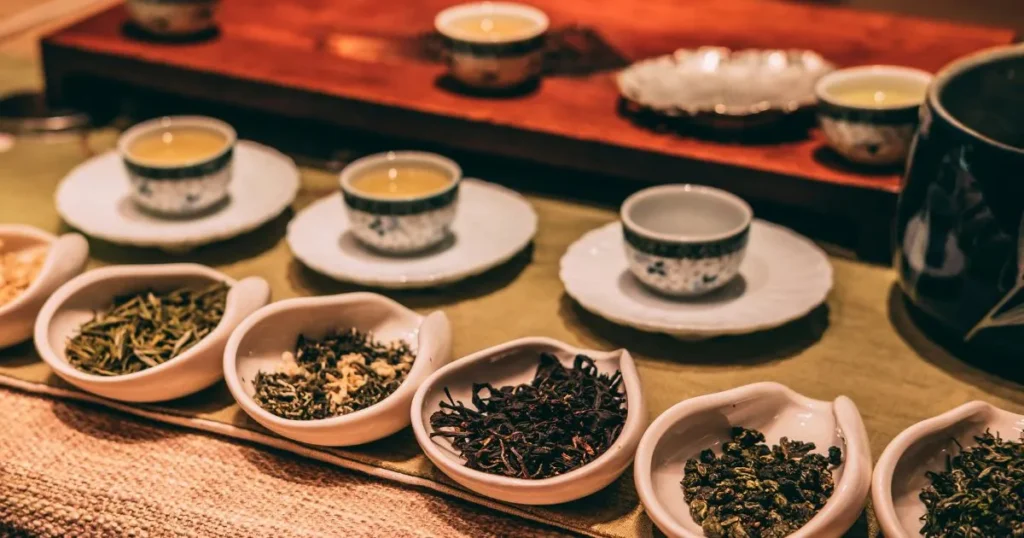



Water Temperature and Time Chart
| Type of Green Tea | Ideal Temperature | Brew Time |
| Sencha | 70–80°C | 1–2 min |
| Matcha | 80°C (whisked) | N/A |
| Gyokuro | 50–60°C | 2–3 min |
| Hojicha | 90°C | 30 sec–1 min |
| Longjing | 75°C | 1–2 min |
Tools You’ll Need
- Kyusu (Japanese teapot) or small teapot
- Chasen (bamboo whisk) for matcha
- Filtered water for clean taste
- Tea scale or spoon to measure loose leaves
Easy Green Tea Recipes to Try at Home
Matcha Latte Recipe
| Ingredient | Quantity |
| Matcha powder | 1 tsp |
| Hot water | 2 oz |
| Milk (any kind) | 6 oz |
| Sweetener (optional) | 1 tsp |
Steps:
- Sift matcha into a bowl
- Add hot water and whisk until frothy
- Heat milk and pour into matcha
- Sweeten to taste
Genmaicha Ochazuke (Savory Rice Bowl)
- Cooked rice
- Toasted seaweed
- Sesame seeds
- Soy sauce or wasabi
- Brewed Genmaicha
To make: Pour hot Genmaicha over rice and toppings for a light, savory meal.
FAQ: Types of Green Tea
What are the main types of green tea?
The most common types include Sencha, Matcha, Longjing, Gyokuro, Hojicha, and Genmaicha. Each offers a unique flavor, aroma, and benefit.
Which green tea is the healthiest?
Matcha is considered one of the healthiest due to its high concentration of antioxidants and full-leaf consumption.
What’s the difference between Japanese and Chinese green teas?
Japanese teas are steamed (grassy, vibrant), while Chinese teas are pan-fired (nutty, mellow). The taste and processing style vary widely.
Can green tea help with weight loss?
Yes. Green tea, especially Matcha and Sencha, can boost metabolism and help burn fat when combined with a healthy lifestyle.
Conclusion: Sip Your Way Into a New World
Now that you know the top types of green tea, it’s time to explore them yourself. Start with a sampler or visit a specialty tea shop. Brew slowly, sip mindfully, and let the flavors transport you across centuries of tradition and wellness.
Your journey begins with one cup. Which green tea will you try first?
Let us know your favorite or share a recipe you love in the comments below!

